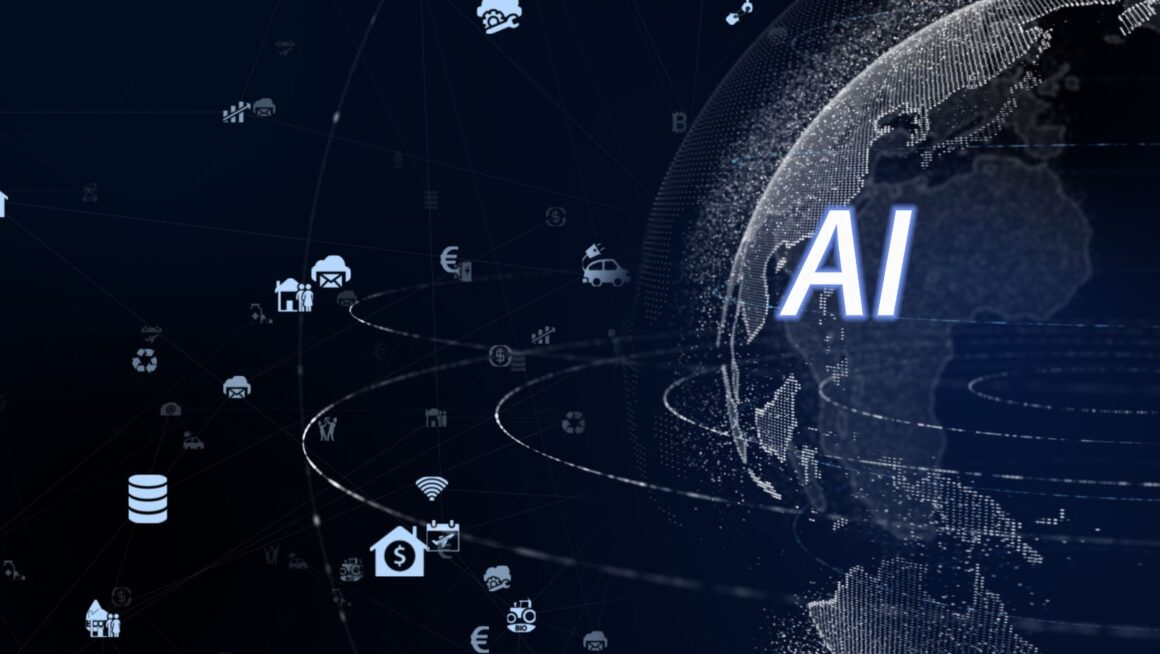The Evolution from Reactive to Predictive Maintenance
The industrial world has long operated under the costly assumption that equipment will fail when it fails, leading to emergency repairs, production shutdowns, and catastrophic breakdowns that ripple through entire supply chains. Traditional maintenance strategies—whether reactive “fix it when it breaks” or scheduled preventive maintenance—have proven insufficient for managing the complex machinery that drives modern industry. Artificial intelligence has disrupted this paradigm, introducing predictive maintenance as a game-changing approach that anticipates problems before they occur.
Predictive maintenance leverages machine learning algorithms, sensor data, and historical performance patterns to forecast equipment failures with remarkable accuracy. This proactive approach transforms maintenance from a necessary evil into a strategic advantage, reducing downtime, extending asset lifespan, and optimizing resource allocation across diverse industries.
Manufacturing: The Proving Ground for AI-Driven Maintenance
Smart Factory Implementation
Manufacturing environments represent the most mature application of AI-powered predictive maintenance. Complex production lines generate enormous volumes of data through vibration sensors, temperature monitors, pressure gauges, and acoustic detection systems. Machine learning algorithms process this continuous stream of information to identify subtle patterns that precede equipment failures.
In automotive manufacturing, AI systems monitor robotic welding equipment to detect microscopic variations in joint quality that could indicate deteriorating welding tips or electrical irregularities. These systems can predict when welding robots will require maintenance days or weeks before traditional inspection methods would identify problems. The result is scheduled maintenance during planned production breaks rather than unexpected line stoppages that cost thousands of dollars per minute.
Textile manufacturers employ AI algorithms to analyze the acoustic signatures of spinning and weaving machinery. Bearing wear, belt tension issues, and motor problems each produce distinct sound patterns that human operators cannot reliably detect. Machine learning models trained on thousands of hours of operational data can identify these subtle acoustic changes, enabling maintenance teams to address problems during scheduled downtimes.
Predictive Analytics in Heavy Industry
Steel production facilities utilize AI-driven maintenance systems to monitor blast furnaces, rolling mills, and finishing equipment that operate under extreme temperatures and pressures. Thermal imaging combined with machine learning algorithms can predict refractory lining failures in furnaces, preventing catastrophic damage and extended production shutdowns.
Chemical processing plants deploy AI systems that monitor pump cavitation, valve seat wear, and heat exchanger efficiency degradation. These systems integrate multiple data sources—flow rates, pressure differentials, vibration signatures, and chemical composition analysis—to create comprehensive equipment health profiles that guide maintenance decisions.
Transportation: Keeping Critical Infrastructure Moving
Aviation Maintenance Revolution
Commercial aviation has embraced AI-powered predictive maintenance as a critical safety and efficiency tool. Aircraft engines equipped with hundreds of sensors generate terabytes of data during each flight. Airlines like Delta and Lufthansa use machine learning algorithms to analyze engine performance parameters, identifying early indicators of component wear that could lead to in-flight failures or unscheduled maintenance events.

These systems monitor turbine blade condition, fuel system performance, and hydraulic system integrity with precision that exceeds traditional inspection methods. Predictive maintenance enables airlines to schedule engine servicing during planned aircraft rotations rather than discovering problems during pre-flight inspections that could delay or cancel flights.
Railroad and Maritime Applications
Railroad companies employ AI systems to monitor track condition, locomotive performance, and railcar integrity. Wayside sensors detect wheel bearing temperature anomalies, wheel profile irregularities, and brake system problems as trains pass inspection points. Machine learning algorithms process this data to predict derailment risks and component failures, enabling proactive maintenance that prevents accidents and service disruptions.
Maritime shipping operations use AI to monitor engine performance, hull integrity, and cargo handling equipment aboard vessels operating in remote oceanic environments where emergency repairs are impossible. Predictive maintenance systems help ship operators schedule maintenance during port calls, minimizing costly delays and ensuring operational reliability during extended voyages.
Building and Roofing Maintenance: Emerging Applications
HVAC and Building Systems
Building management systems increasingly incorporate AI-driven predictive maintenance for HVAC equipment, elevators, and electrical systems. Smart buildings equipped with IoT sensors collect data on equipment performance, energy consumption patterns, and environmental conditions. Machine learning algorithms analyze this information to predict when air handling units will require filter changes, when pumps will need bearing replacement, or when electrical panels show signs of developing problems.
These systems help facility managers transition from calendar-based maintenance schedules to condition-based strategies that optimize equipment performance while minimizing maintenance costs. Predictive analytics can identify inefficient equipment operation that increases energy consumption, enabling proactive adjustments that reduce operational expenses.
Roofing and Envelope Maintenance
The roofing industry represents an emerging frontier for AI-powered predictive maintenance applications. Drone-based inspection systems equipped with thermal imaging cameras and high-resolution photography collect detailed data about roof conditions. Machine learning algorithms trained on thousands of roof images can identify early signs of membrane deterioration, moisture intrusion, and structural problems that human inspectors might miss.
Smart roofing systems equipped with sensors monitor temperature fluctuations, moisture levels, and structural movement that could indicate developing problems. This data integration with advanced roofing estimate software enables contractors to provide clients with accurate assessments of remaining roof life and optimal maintenance timing.
Weather monitoring systems combined with historical building performance data help predict when specific roof sections will require attention based on exposure patterns, material aging, and environmental stresses. This predictive approach enables property owners to budget for roof maintenance and replacement more accurately while preventing unexpected failures that could damage building contents.
The Future of Predictive Maintenance
Artificial intelligence continues evolving the predictive maintenance landscape through advances in edge computing, digital twin technology, and federated learning systems. Edge AI enables real-time decision-making at the equipment level, while digital twins create virtual replicas of physical assets that enable sophisticated scenario modeling.
The integration of predictive maintenance systems across different industries and applications promises a future where equipment failures become increasingly rare, maintenance becomes truly optimized, and operational efficiency reaches new heights through the power of artificial intelligence.

